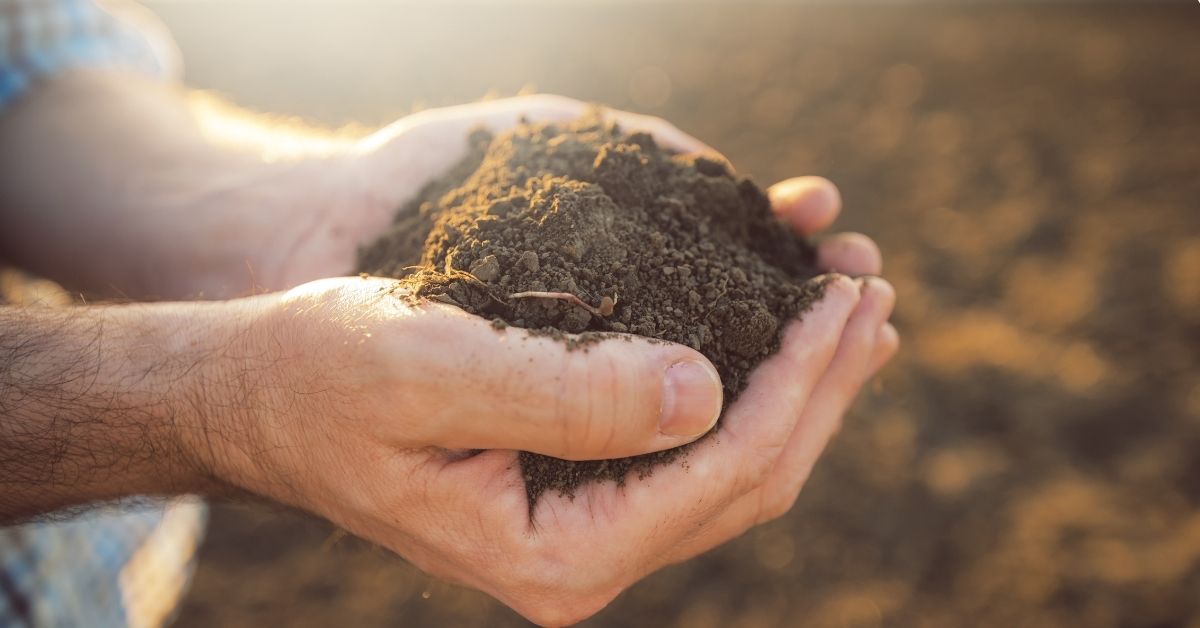Posted by Shannen Godwin on 17th Jun 2021
Plants for Different Soil Types

Knowing your soil type can be crucial to planning out the planting in your garden. The soil provides your plants with nutrients, water and air that they need for healthy growth and development, but depending on the plot of ground, that can determine what plants, shrubs or trees can grow their successfully.
3 Step System to Test Your Soil
1. Dig a hole 6 to 10 inches deep in the soil.
2. Separate an intact section about the size of a soup can and break it apart with your fingers.
3. Determine whether the soil is cloddy, powdery or granular (ideally your soil should be made up of different sized crumbs that hold their shape under slight pressure).
Clay soil
- Known as heavy soil (sticky when wet, rock hard when dry).
- Feels smooth (not gritty) between the fingers.
- Drains slowly after rain.
- Takes a long time to warm up in spring.
- Heavy to dig and cultivate.
- Usually rich in plant nutrients.
Sandy Soil
Sandy soil is the largest particle in soil and does not hold nutrients well.
- High proportion of sand and little clay.
- Drains quickly after rain or watering.
- Easy to work and cultivate.
- Warm up quicker in spring than clay soils.
- Low in nutrients – very acidic.
Peaty Soil
- Ideal soil for gardening.
- Mainly organic matter.
- Feels spongy.
- Very fertile and hold moisture well.
- Easily compacts
Loamy Soil
- Even mix of sand, silt and clay.
- Feels fine-textured and slightly damp.
- Adequate drainage, great structure and moisture retaining.
- Easily cultivated and full of nutrients.
- Ideal soil all year round.
Chalky Soil
- Lumps of white chalk or flint stones are visible in the soil.
- Either ‘heavy’ or ‘light’ depending if the soil mixed with the chalk is clay or sand.
- Very alkaline.
- Largely made up of calcium carbonate.

